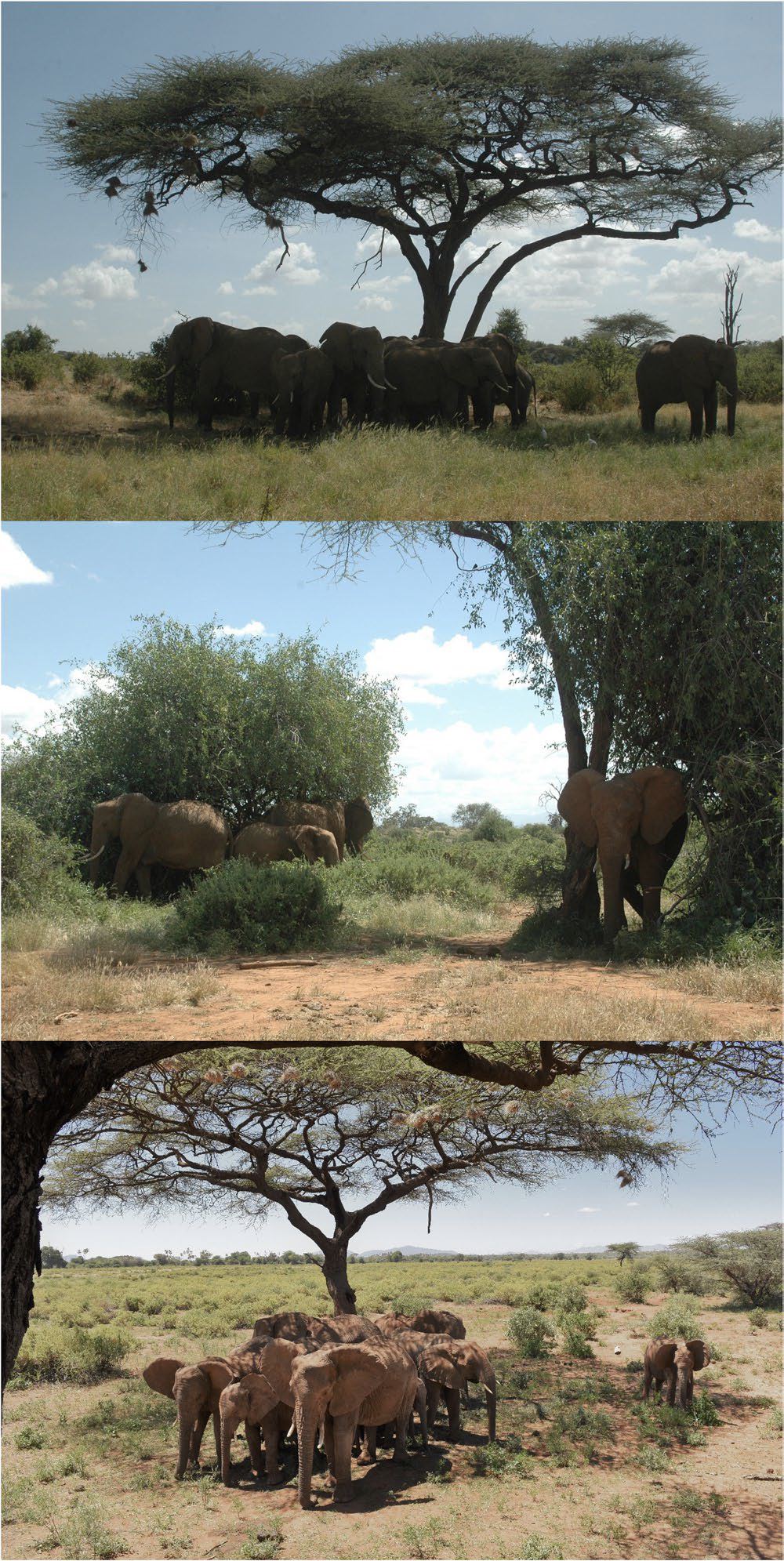Mara Elephant Project wanted to share an interesting new study that was just released on Nature.com by two of our partner Save The Elephants scholars, Shifra Z. Goldenberg and George Wittemyer.
Orphaned Female Elephant Social Bonds Reflect Lack of Access to Mature Adults
This study focused on compensatory social behavior in nonhuman animals following maternal loss and looked into understanding how orphans allocate bonding to reconstruct their social networks. This is especially important for the African savanna elephant because successful social integration may be critical to survival and reproduction for highly social species and, therefore, may be tied to population persistence.
Female African savannah elephants (Loxodonta africana) form matriarchal societies in which daughters remain with their mothers and other female relatives in multi-generational groups for. The disproportionate poaching of older elephants for their larger ivory removes critical social partners that offer ecological knowledge and resource access. Aberrant behavior has been recorded in male elephant orphans that experienced impoverished social environments. Recovery of elephant populations may in part depend on the ability of orphans to remain socially integrated following maternal loss. Because of their decades-long reliance on their mothers and the relationship of maternal loss to the current ivory poaching crisis, elephants provide a highly relevant wild system in which to investigate orphan bonding patterns.
Elephants’ social patterns are structured by relatedness, as in other species, but studies of disrupted populations suggest bonds with nonrelatives may replace those with relatives. The weak influence of nepotism in elephants also indicates a reduced reliance on kin relative to other species. In this study, we extend previous work on partner preference to a different social system to broaden understanding of the process of orphan social integration. We followed the social behavior of orphan and non-orphan female elephants in the Samburu population in northern Kenya following drought and during a persistent period of poaching, testing the prediction that orphans shift allocation of bonding effort to maternal relatives. Because resource access structures social interaction, we separated behaviors during foraging of generally widely distributed resources and resting in spatially concentrated shade. We expected orphans to interact less with dominant individuals while resting when competition is greater. We discuss the implications of our results for long term orphan social integration and elephant population recovery.

This study found that the loss of an orphaned elephants’ mother and apparently related changes in their social interactions indicate that orphans lack direct access to mature female elephants. Their models indicated strong differences between orphan and non-orphan interaction partners, particularly while resting. Interactions while resting suggested that non-orphans affiliate more with young calves and their mothers, while orphans were primarily with younger individuals in the aggregation, notably sisters, age mates, and bulls. While feeding both orphans and non-orphans exhibited more diverse social partners. Differences were apparent, however, most notably in avoidance of matriarchs by orphans and the lack of their mother as a social partner. Ultimately, the differences apparent between orphans and non-orphans in access to older elephants suggest disadvantages to being orphaned. Loss of access to mature animals, therefore, may lower the fitness of orphans via several mechanisms in this matriarchal society.


